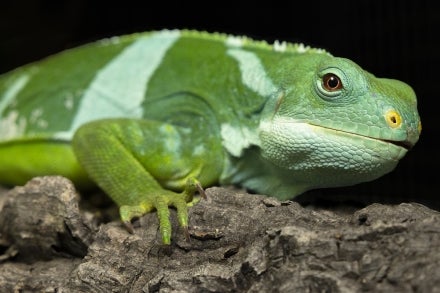Image

 Acupuncture is an ancient healing method. It has been practiced since at least 100 BC and the first acupuncture book was written by
100 AD.
Acupuncture is an ancient healing method. It has been practiced since at least 100 BC and the first acupuncture book was written by
100 AD.

What a Pain
Acupuncture has been used in China for thousands of years, for both treatment and prevention of disease. Medical Acupuncture for Veterinarians is more “Western” and is evidence-based in neuro-anatomy. The American Veterinary Medical Association considers veterinary acupuncture “a valid modality within the practice of veterinary medicine and surgery.” In 1993, the World Health Organization published a standardized nomenclature for 361 classical acupuncture points, giving more credence (and consistency) to the therapy. Acupuncture is especially useful when side effects of other modalities outweigh benefits, when other modalities are ineffective (last resort), or when surgery is not feasible (such as with elderly animals). Acupuncture needles are typically stainless steel, sterilized, single-use, and extremely thin tools ranging from one-half to three inches long. Silicone-coated needles are easier to insert, but have less “tissue grab” than non-coated needles. The brain and the spinal cord are responsible for the pain experience, and they are on the hook for the treatment of it, as well. While our reaction to acute pain can be adaptive—put pressure on the wound, apply a bandage, seek help—chronic pain is more difficult for our brain to manage. The Gate Control Theory holds that as pain signals surge from the area of injury along the spinal cord, “nerve gates” open and close, slowing one signal to let another one pass before it reaches the brain. (When you shake your hand after hitting your finger, this is gating of pain at work.) Acupuncture points are rich in nerve endings, and when needles are inserted, a reaction occurs (“micro-inflammation”) and this competing stimulus can inhibit pain signals from reaching the brain. Acupuncture can be an elegant, non-invasive solution to some health issues.




